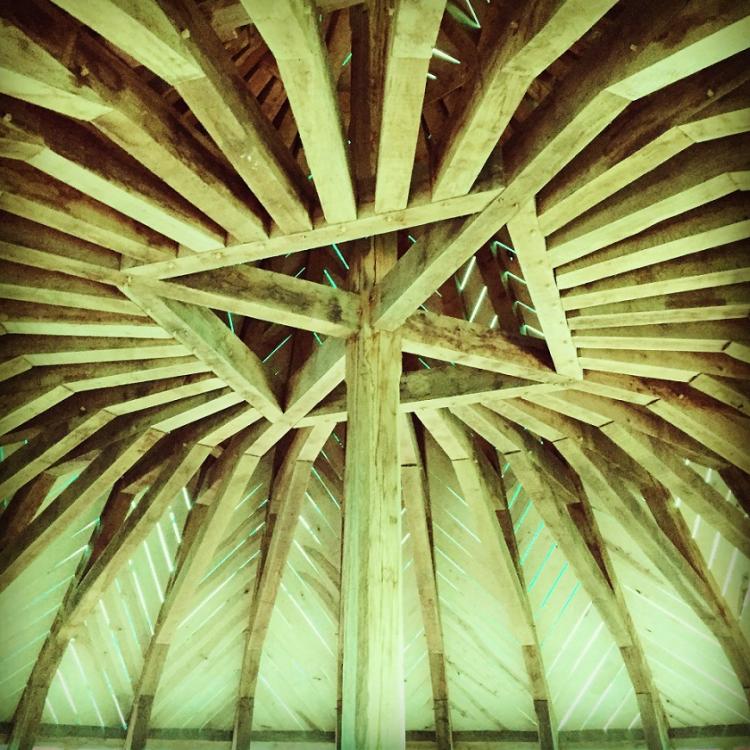History
The site of Saint-Loup is placed at a strategic position where two rivers meet: The Thouet and Cébron. It lies on the border of the flat plain of Poitou and the hilly landscaped Bocage Gatinais. From the early days it was surrounded by military constructions, of which the Château constituded the northern link. Writings refer to Drogon ( XII th c ), first lord to be known.
At the end of the medieval period, influenced by the Dercé family ( from Loudun ), was built a fortress of which remain the Keep ( XII th – XV th century ) and adjacent buildings refurbished in the Gothic revival style in the XIX th c.
The Black Prince imprisoned in the famous Keep the French King John the Good after the battle of Poitiers in 1356. The entrance of the square tower was then protected by a portcullis. Today the Keep and adjacent buildings have been converted into an amazing guest house with five bedrooms, sitting room & dining room.
The Renaissance molded the Castle to its present shape. In 1518 Artus Gouffier, the king’s chamberlain took possession of the site. His family – whose spirit is ” The research of excellence ” also built the Château of Oiron located 19 miles away.
The present Château ( 1609 – 1626 ) was built by Claude and Louis : plan in the shape of an H in the honor of King Henry the IV th with wings disposed as separate entities and independent vertical roofs. The coatings were painted ( a fresco ) in false brick. A campanile tops the central Pavillon. All these elements confer to the Château the architural style which existed at the beginning of classicism which is called the Louis XIII style.
From then on the domain is adorned by sumptuous gardens designed and built by the most prominent gardeners of their time. A document describes a meeting in 1631 between the Gardener of the Gouffier family Jamin with those of the Cardinal de Richelieu and Duke de la Trémoille.
Under the old Regime, the lords of Saint-Loup keep the flag floating high over Saint-Loup : in 1645, Nicolas Lepage the King’s treasurer, then in the beginning of the XVIII th century ( 1708 ), Jacques de Boyer de la Boissière, Receiver General of ‘Britany’s finances. The latter’s son Jean-Baptiste gives a new glimmer to the site thanks to the new works he undertakes.
In 1767 the Château is sold to Jean Haran de Borda, fermier général, who bequeaths it in 1772 to his nephew Jean d’Abbadie, an important magistrate. The Château remained the property of the d’Abbadie family until 1894.

